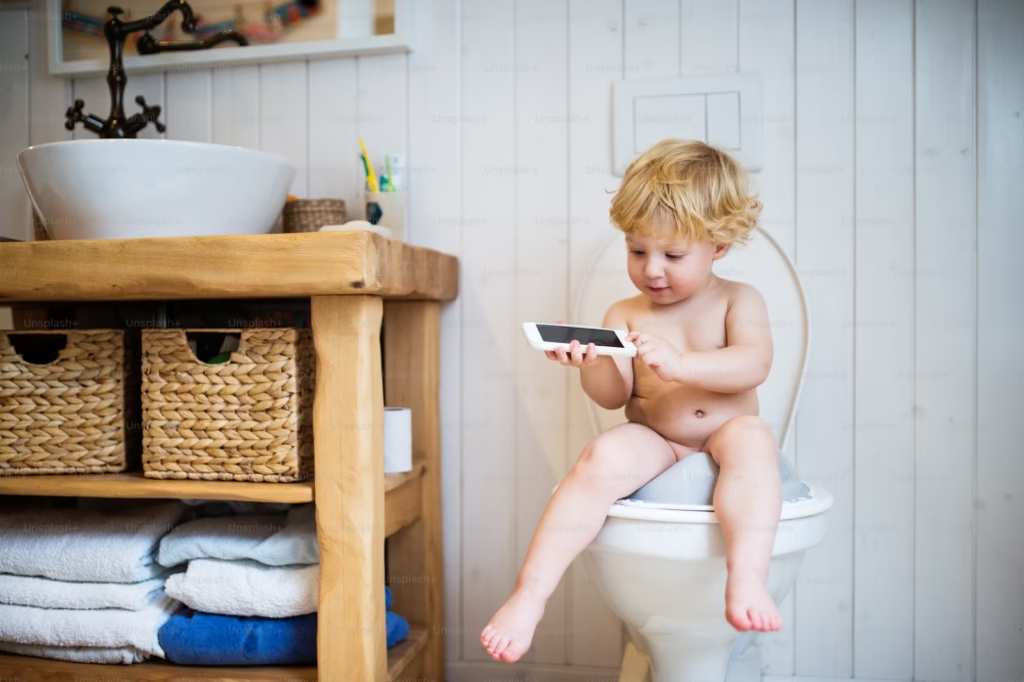Before age 1, a child has no control over his bladder or bowel movements. Potty training readiness is more effective when your toddler understands what it means to go to the bathroom like adults do.
Some toddlers may show potty training readiness yet are still unable to control elimination. Potty training varies from child to child, fast for some and longer for some, but an average of a few months.
It is best to put away expectations to avoid frustrations when potty training your toddlers.
Physical Signs
– Toddlers must be able to move around independently and steadily
– Has a regular and predictable bowel movement
– Should be able to urinate a fair amount per time and stay dry for at least two hours or while napping.
Behavioural Signs
– Toddlers should dislike the discomfort of wearing a wet or dirty diaper
– Give clues when they are having a bowel movement such as squatting and grunting
– Shows a desire for independence such as pulling their pants up and down by themselves
– Cooperates with you to learn to use the toilet
– Can sit quietly in a position for two to five minutes
Cognitive Signs
The Toddler should be able to understand and follow simple instructions such as go, come, etc.
– Has words for urine and stool, for instance, ‘pee and poop’
Potty training success depends mainly on your child’s readiness than his age, and no matter how ready your child/toddler shows, expect accidents. So, stay positive and patient; your toddler may just be ready enough to give up his diapers.

